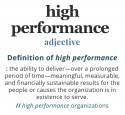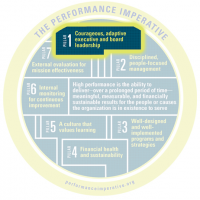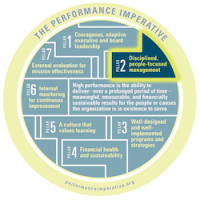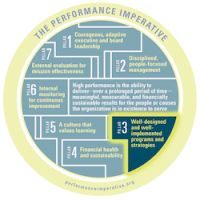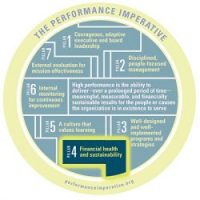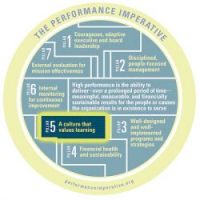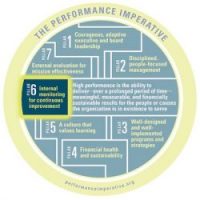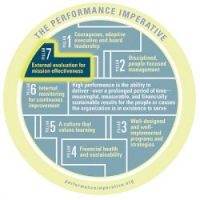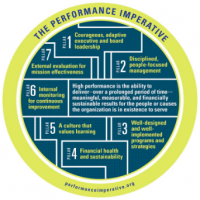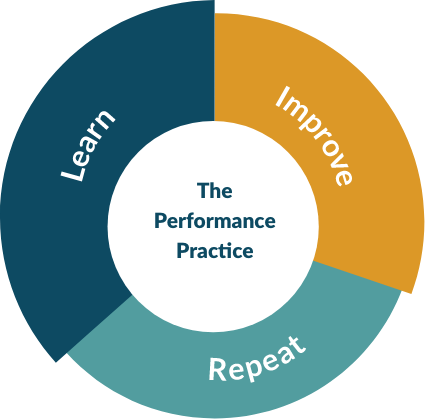Articulate the following:
- Describe the purpose of using the Performance Practice. Do you plan a one-time deep dive or more frequent module reviews?
- Select the organizational module(s) to use
- Identify a learning-session administrator
- Decide which participants will be involved. Gaining a true picture of how an organization works typically requires involvement from a wide range of players. That said, you’ll want to involve people with knowledge of the areas in question, which can mean including different participants for different modules. If you choose to work on the leadership module, for example, it’s a good idea to involve the executive team and the board, but if you choose to work on the management module, it’s more appropriate to involve managers and staff.
